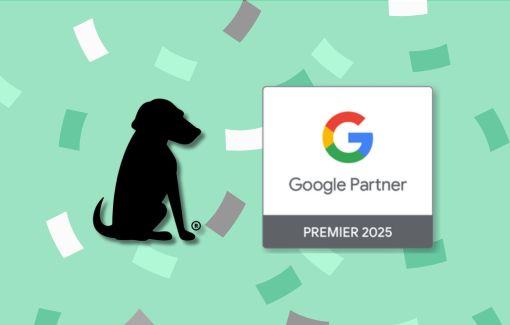
Image created using generative AI
What you’ll learn:
- What is paid social media?
- 6 reasons to include paid social media in your marketing strategy
- What is organic social media?
- 5 reasons to include organic social media in your marketing strategy
- Organic and paid social media work best together
The rise of social media in the last decade is undeniable. In today’s highly digital world, incorporating social media into your brand’s marketing strategy is vital toward brand growth and awareness. It’s important for marketers to understand the key differences between paid and organic social media and how they work together to achieve your marketing goals.
What is paid social media?
Paid social media leverages photos, videos, posts, events, stories and other unique formats to deliver hyper-targeted ad campaigns to a predefined audience of your choice. If someone searches for your brand’s social page, the paid ad will not appear on your newsfeed. This allows you to reach anyone on social media with multiple ad creatives, whether or not they are following your brand. Here are a few examples of paid social media we’ve created for our clients.
6 reasons to include paid social media in your campaigns
There are tons of reasons why marketers should be using paid social media, but here we’ve narrowed it down to our top six.
1. Paid social media should be a foundational marketing channel.
This is because it allows your business to reach potential new customers at scale and grow your brand. Organic social media tends to work best for engaging existing customers and their word-of-mouth network, but it’s becoming even more important to introduce your company to new people who have never heard about you.
2. It offers you detailed targeting capabilities through Ads Manager such as:
- Geotargeting
- Demographic targeting
- Life stage targeting
- Behavior targeting
- Interest targeting
- Remarketing
- Look-alike audiences
3. You want to be seen, so put your brand where people of all demographics are spending their time.
For example, 83% percent of users discover new products or brands via social media. Furthermore, each month 2 billion people actively use Facebook.
4. Different campaign goal options allow you to set up lead generation, conversion, traffic and/or awareness campaigns within social media.
For example, a media buy on television is always going to be a reach campaign, but paid social media lets you optimize for website traffic, ticket sales, email sign-ups and much more!
5. It is cost-effective and flexible. With no long term commitments, you can test new creative, audiences, and placements on paid social media ongoing.
Optimization is the key to this channel. No minimum media buys are required!
6. Video ads, the hottest trend of the last three years due to their effectiveness, lives and works exceptionally well on these platforms.
- One in four customers made a purchase after seeing a story ad on Instagram
- 24% more customers are making purchases from social media ads than they did last year
What is organic social media?
The main purpose of organic social media is to build an engaged community of followers and loyal customers. Organic social media is content that lives permanently on your page and is served to all followers’ news feeds. It also appears in search results across social media, can be shared and amplified by your followers, and allows visible engagement and interaction. Using insights collected through paid social media can help you tailor organic posts to evoke reactions and engagement from followers.
5 reasons to include organic social media
Organic social media is vital to cultivating a loyal and engaged customer base. In fact, 87% of users said they took action after seeing a brand on social media. With that in mind, here’s our top five reasons for incorporating organic social media into your marketing strategy.
1. Educates followers about your brand identity and purpose, as well as brand advocacy
Consumers’ main source for gathering information on your brand is the internet and social media. By having a presence on social media, it helps establish a brand identity and brand advocacy.
2. Enables interaction with your most loyal customers
Whether it be responding to a social post or customer support email, any interaction with the consumer to build a loyal online community can lead to positive results.
3. Turns customers into brand advocates and builds positive social interaction
The more positive social media interaction (reviews, comments, recommendations, etc.) a brand has with consumers, the more likely those consumers are to push their friends to give it a try.
4. Feeds the top of the marketing funnel, allowing you to pay less in the long term to convert those followers into customers
Avoid paying for conversions of impressions to customers down the road. Establish a direct line of communication with your desired targets from day one.
5. Prevents ad exhaustion
No matter how superb your social ad may be, nobody wants to be served the same creative multiple times a day. Having a variety keeps it fresh in the consumers’ mind.
Organic and paid work best when they work together
Paid and organic social media are two different tactics for marketers to use, but just like peanut butter and jelly, they reach their peak potential when fused together. By incorporating both social and organic into their marketing plan, brands will:
- Leverage their current follower base with organic posts while still reaching new people within their targeted audience with paid ads.
- Increase touchpoints across social, thus cutting down the cost to convert followers to customers.
- Play into the classic rule of 7. The rule of 7 states that a user must interact with a brand at least seven times before purchasing a product.
*All stats provided by SproutSocial.com and Facebook.com








